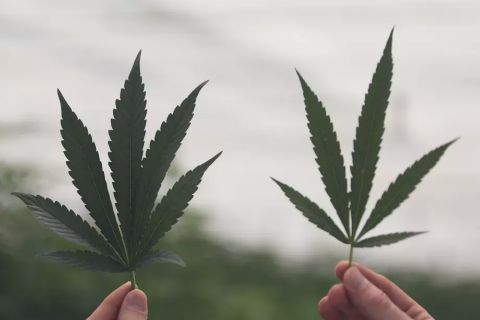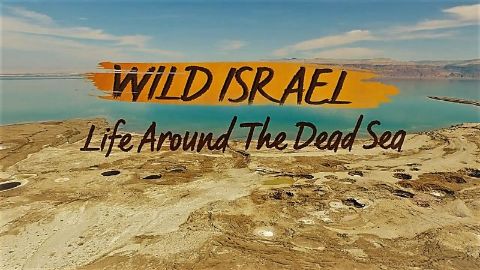Amazon Underworld • 2016
As the waters of the Amazon and its tributaries reach their lowest, torrential rain begins to beat down with brutal force. In a few months’ time, the forest will be submerged under almost thirty meters of water: enough to swallow up a ten-storey building! The youngest animals are dealing with the deluge for the first time in their lives. We follow them all: the sloth, terribly vulnerable; the opossum, the only marsupial outside Oceania; the harpy eagle, one of the greatest in the world; the shy, solitary armadillo; the squirrel monkey, a treetop acrobat… and many other inhabitants of a gleaming, transfigured world shown in this way for the first time. This documentary tells their tale: a story of competition and dangers, unease and courage; a story that will inspire every viewer and remain engraved in their memory for a long, long time...
Make a donation
Buy a brother a hot coffee? Or a cold beer?
Hope you're finding these documentaries fascinating and eye-opening. It's just me, working hard behind the scenes to bring you this enriching content.
Running and maintaining a website like this takes time and resources. That's why I'm reaching out to you. If you appreciate what I do and would like to support my efforts, would you consider "buying me a coffee"?
Donation addresses
BTC: bc1q8ldskxh4x9qnddhcrgcun8rtvddeldm2a07r2v
ETH: 0x5CCAAA1afc5c5D814129d99277dDb5A979672116
With your donation through , you can show your appreciation and help me keep this project going. Every contribution, no matter how small, makes a significant impact. It goes directly towards covering server costs.





